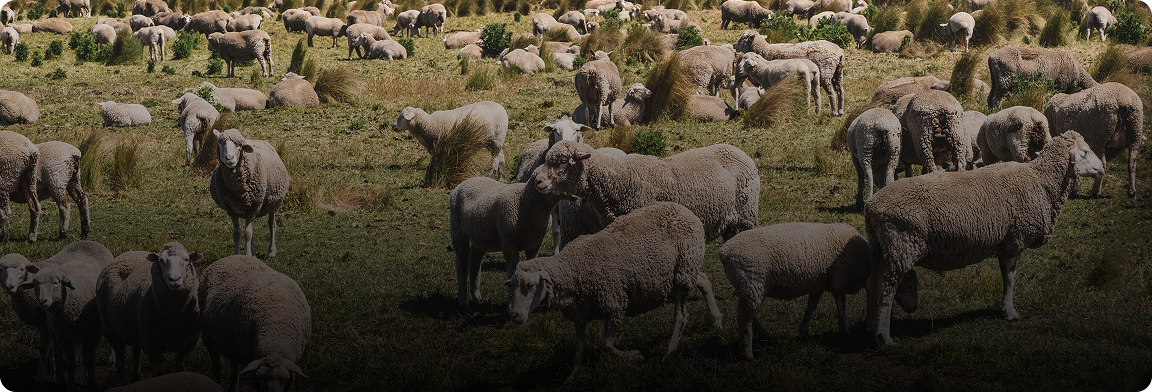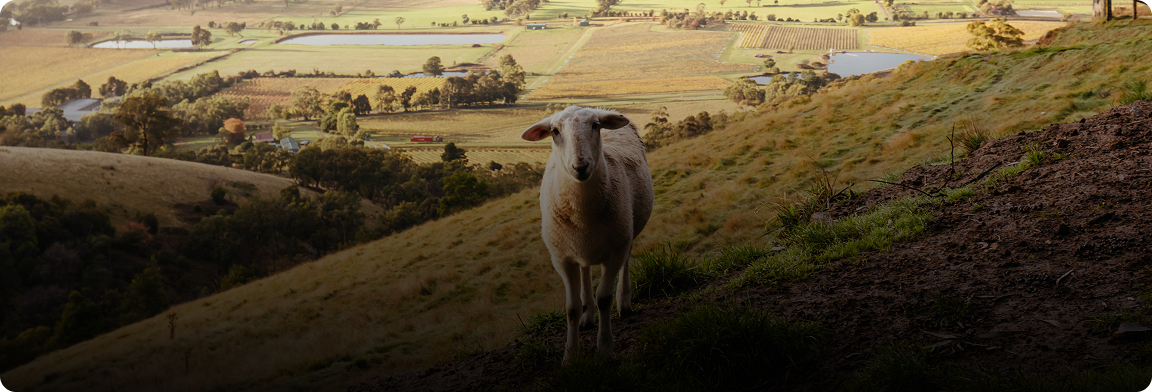Precision livestock farming (PLF) helps farmers take care of their animals better and make farming more efficient. This technology uses smart tools to monitor the health, behavior, and environment of livestock. In this blog, we will explore some of the best tools and resources that farmers can use to make their farms more successful. Let’s dive in!
Wearable Technology for
Monitoring Animals
One great tool in precision livestock farming is wearable technology. Wearables, like collars or tags, can track an animal’s health and movements. For example, these devices can measure heart rate, body temperature, and activity level. This helps farmers know if an animal is sick or stressed. Additionally, wearables can alert farmers when an animal needs attention. These tools help farmers catch health problems early, improving the animals’ well-being. Moreover, using wearables makes it easier to manage a large group of animals without spending too much time checking each one.
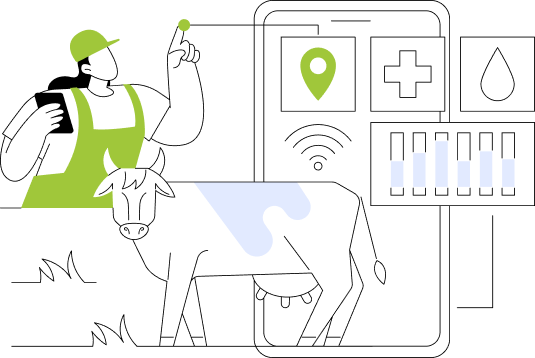
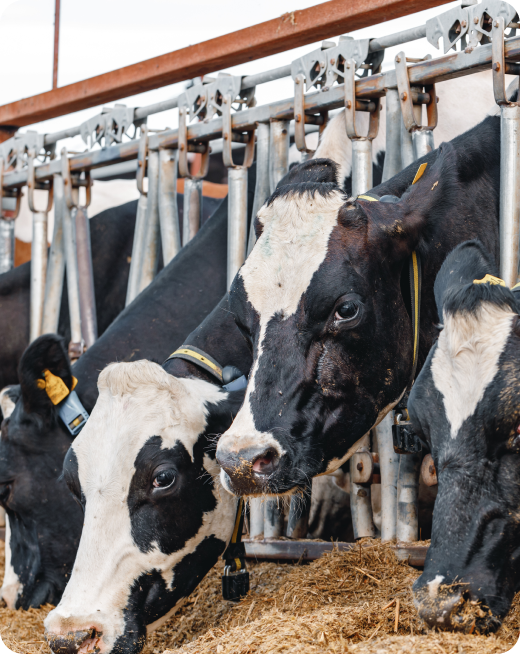
Smart Feeding Systems
Another important tool is smart feeding systems. These systems automatically give animals the right amount of food at the right time. For example, some systems use sensors to measure how much food animals eat and adjust it based on their needs. This helps prevent overfeeding or underfeeding, which can hurt the animals’ health. Smart feeding systems can also track the growth and weight of animals. As a result, farmers can manage food costs better and ensure their animals stay healthy.
Drones for Livestock
Monitoring
Drones are a useful tool for precision livestock farming. Farmers use drones to monitor large areas of land quickly. Drones can take aerial photos or videos of the farm, allowing farmers to see how their animals are doing without walking through the entire field. They can even monitor animal behavior, detect any problems, and check the condition of pastures. By using drones, farmers save time and get a better view of the farm. This tool is very helpful, especially on large farms where it can be hard to keep track of every animal.
Automated Milking
Systems
Automated milking systems are game-changers for dairy farms. These systems allow cows to be milked automatically. The system detects when a cow is ready for milking and then performs the task. These machines also measure the milk’s quality and quantity. By using automated milking systems, farmers can reduce labor costs and ensure cows are milked at the right time. This tool also helps improve milk quality, as it reduces the chances of mistakes or harm to the cows. It’s a simple and effective way to increase productivity on a dairy farm.
Farm Management
Software
Farm management software is another essential tool for precision livestock farming. This software helps farmers keep track of everything on the farm, from animal health to feed schedules and breeding plans. It allows farmers to store important data in one place, making it easier to access and analyze. Additionally, some farm management software can sync with wearable devices and smart feeding systems. This makes it easier for farmers to manage their animals efficiently and make better decisions based on the data. Farm management software helps improve the overall operation of the farm.
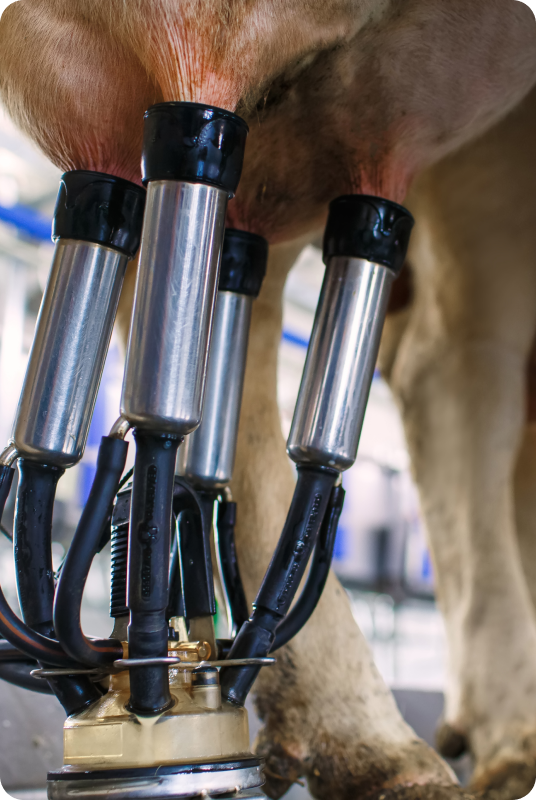

Environmental Sensors for
Better Control
Environmental sensors are crucial tools in precision livestock farming. These sensors measure things like temperature, humidity, and air quality. They can be placed in barns or around the pasture. The sensors send data to farmers so they can adjust the environment to keep animals comfortable. For example, if the temperature gets too high, farmers can adjust ventilation or cooling systems to keep the animals cool. By using environmental sensors, farmers can improve animal comfort and productivity. Moreover, it helps farmers reduce energy costs and avoid wasting resources.
Data Analytics for Smart
Decision-Making
Data analytics is a powerful tool that helps farmers make better decisions. With all the data collected from wearables, sensors, and farm management software, farmers can analyze trends and patterns. For example, they can see which animals are growing the fastest or detect signs of illness early. With data analytics, farmers can create customized feeding plans, monitor the health of individual animals, and track breeding success. This helps farmers improve their farm’s efficiency and increase profitability. It also makes it easier for them to spot problems before they become serious.
Online Resources for
Learning and Support
There are many online resources available for farmers who want to learn more about precision livestock farming. Websites, forums, and online courses can help farmers understand the latest technology and best practices. For example, farmers can find tutorials on how to use wearable technology or drones on their farm. They can also connect with other farmers and share tips and advice. Additionally, online support can help farmers troubleshoot any problems they face with their tools. These resources make it easier for farmers to stay up-to-date and improve their farming practices

Conclusion
In conclusion, precision livestock farming uses smart tools and technology to make farming easier and more efficient. Wearable technology, smart feeding systems, drones, automated milking systems, and farm management software are all great tools for modern farmers. Additionally, environmental sensors, data analytics, and online resources can help farmers manage their farms better. By using these tools, farmers can improve animal health, increase productivity, and make smarter decisions. Precision livestock farming is the future, and it’s here to make farming more successful and sustainable.

